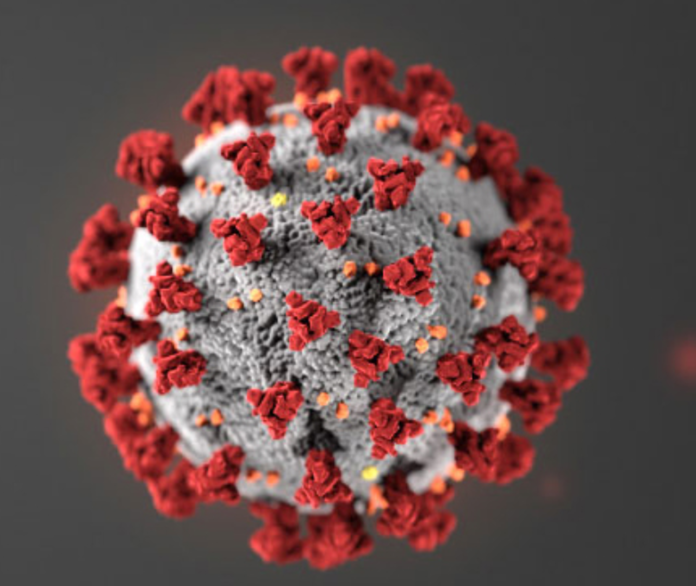New state modeling suggests coronavirus has been spreading at its lowest levels in months – but not low enough to significantly reduce the number of daily infections among Oregonians.
The state’s transmission level as of July 30 was estimated at one new infection for every current active infection, Oregon’s lowest rate since early May.
While that assessment offers some reason for optimism, it doesn’t mean Oregon has turned a corner. It simply means the state is holding steady near record case counts, with the highly communicable virus capable of exponential growth at any moment.
That’s the takeaway from modeling released Friday by the Oregon Health Authority.
The forecast suggests Oregon had amassed 88,800 cumulative infections as of July 30, with only 19,200 of those diagnosed.
If the virus continues at its current reproduction rate, the state’s modeling projects 117,200 cumulative infections by Aug. 27. The number of new daily infections would be about 1,000, only a fraction of which would be identified. (Oregon is currently identifying about 300 infections a day).
If transmission levels tick up to 1.3 new infections for every active infection, the projections show Oregon’s case count could spike sharply. By Aug. 27, cumulative infections could be 136,400, with daily new infections of 2,300.
But if transmission levels decrease to .75 new infections for every active infection, Oregon could see meaningful progress against the pandemic. Cumulative cases by Aug. 27 could hit 102,500, with new daily infections of just 300.
The reproduction number must be below one for new cases to decrease.
The state report used software by the Institute for Disease Modeling run 11 times. Officials did not forecast which of the three scenarios is most likely.
“If transmission remains at current levels, we expect a steady number of new infections; however, a transmission reduction of 10 percentage points is projected to decrease growth,” the report says.
The Oregon Health Authority will hold a press conference with Gov. Kate Brown at 11:30 a.m. Friday to discuss the modeling and take questions. Brown is not expected to make any major policy announcements.
Oregon’s modeling, released every two weeks by the health authority, is used for planning purposes and is not a prediction of what will happen. The scenarios outlined in reports have often included the potential for staggeringly high case counts fueled by the threat of exponential spread.
For example, the state’s report from late June warned of “exponential growth” and the analysis from early July said that if transmission continued at then-current levels “we expect continued exponential growth in infections.”
That forecast estimated daily infections could triple from 1,100 to 3,600 – something that did not happen.
The state’s newest report noted that transmission decreased around June 27 and again around July 8.
The state cautioned against comparing the latest report with previous iterations, noting several changes in methodology. Among other things, the new model factors in when people who died, but were not hospitalized, began experiencing symptoms.
One possible explanation for avoiding last month’s dire forecasts is Gov. Kate Brown’s order July 1 requiring people to wear masks statewide.
But the state’s report notes that “estimated reductions in transmission over time are imprecise and cannot be attributed to any particular action (e.g., policy or event).”
Officials recognize that such actions are collectively making a difference. But they do not know how Oregonians will continue to follow physical distancing, hygiene and mask-wearing guidance, making it “not possible to confidently predict future transmission levels.”
— Brad Schmidt; bschmidt@oregonian.com; 503-294-7628; @_brad_schmidt
Subscribe to Oregonian/OregonLive newsletters and podcasts for the latest news and top stories.
Note to readers: if you purchase something through one of our affiliate links we may earn a commission.
